Are you a teacher and surprised by some of the evidence found in the Visible Learning research? Wouldn’t it be great to discuss your questions directly with Professor Hattie? In 2016, Corwin, a partner of John Hattie’s professional development program Visible Learning Plus, has organized an online Q&A. (Corwin has also published Visible Learning for Literacy, the latest addition to John Hattie’s VL series). Here are the questions that teachers and school leaders submitted to Professor John Hattie. We provide an excerpt of each answer as a quick take-away. But you should definitely take the time to listen to the full answers. And read the the books.
1. Why does inquiry-based learning only have an effect size of 0.31 when it is an approach to learning that seems to engage students and teachers so readily in the process of learning?
—Question submitted by a school improvement resource team leader from Canada
Professor John Hattie: “It turns out that if you are learning surface-level information, the content, as contrasted with deep learning which is the relationships between the content, then problem-based learning, inquiry-based learning is pretty useless. But if you don’t teach the surface and the content, you’ve got nothing to inquire about. […] The reason it comes out very low on the chart is because most teachers introduce it far too early.”
2. Why are we striving for an “assessment-capable learner” and not a “self-regulated learner”?
—Question submitted by a Principal from Southern California
Professor John Hattie: “If we teach the students how to evaluate their own learning, that’s what the key of formative assessment is. And of course, if you’re going to teach the students that, the teachers have to know it to teach the students that. So you get this double virtuous circle without all that language that goes with formative vs. summative.”
3. What are the three most important things I can do in my classes to improve learning?
—Question submitted by a Teacher leader from Texas
Professor John Hattie: “Know thy impact!” Having an understanding…
- what impact means,
- about the magnitude, how big the impact you want,
- about the equity question, whether all kids get that impact.”
4. What methods have been successfully used to effect a paradigm shift at the campus and district level?
—Question submitted by a Curriculum instructional specialist from Texas
Professor John Hattie: “It’s about how we think about what we do. Do we have a mind frame that we actually can collectively make a difference to these kids?”
5. Is there a correlation between calculating effect size and percentile rating? If so, how do you compare scores and effect size?
—Question by Ainsley Rose, Corwin Author and Certified Visible Learning Plus Trainer
Professor John Hattie: “Yes, there is a way to do it. Unfortunately, you have to use something that is not easy and not obvious. But I’d express a lot of caution. Percentiles have some major problems. The whole point of percentiles is to compare students to other students. And yes, there is a place for that, I suppose, but what I’m much more interested in with the effect size notion is the learning for each individual student, and when you look at the averages of the effect size, you’ve in sense got a comparison.”
6. What is the effect size for the cultural competence of the teacher?
—Question submitted by an education consultant from Seattle, WA
Professor John Hattie: “Teachers, they do understand what kids bring to the classroom. Certainly the effect size of that is extremely high. [… ] It’s how the kids think: Are these kids prepared to take challenges? Are they prepared to be risk takers? Do they study learning because they want to perform well in front of their peers. Or do they do it because they want to reinvest in learning and really want to master what they do. These are critical dimensions to make connections with these kids, to help them on this learning journey.”
7. How can we prioritize which influences to focus on during the school year?
—Question submitted by a Principal from Michigan
Professor John Hattie: “Having a collective understanding of the actual problems we need to work on is critical. But at all times, we need to be very careful not to make changes to things that are really working. So that’s where the prioritization starts. Then, what I’d love schools and districts to do is to map that with what are the high-probability effects from the research side of things […] and from that then we do our interventions.”
8. How does communicating the learning target impact student learning?
—Question submitted by an Instructional coach from Arizona
Professor John Hattie: “You need learning intentions and success criteria. It’s those two things that go together. It is giving the kids a sense of what is the purpose of what we are learning here today. […] Like think of kids playing video games. They know what it means to be successful: Get to the next level. And they’re prepared to invest an incredible number of hours to get to that next level. And they get very many cues and understandings of what that next level is.”
9. Why does ability grouping or tracking have a negative effect size?
—Question submitted by a Supervisor of math and science from New Jersey
Professor John Hattie: “It has a very close to zero effect size. And in many ways that means it doesn’t matter whether you track or you don’t track. […] But the biggest problem with tracking – by a million miles – is the equity issue. For instance if you look at this country here. There is a higher probability for African Americans and Hispanics being in the lower track groups. How can you possibly defend that apartheid in that schools?!”
10. What RTI models did you investigate? What critical attributes were included in the models that you looked at?
—Question submitted by an Assessment coordinator from Iowa
Professor John Hattie: “I’m not weighted to one particular way of implementing the RTI model. What I like about the RTI model again it comes back to how we think. The RTI is always looking at the Response – To – Intervention. And then making adaptations and changes in light of that. And that’s exactly what the Visible Learning notions are.”
11. How does recess, art and music impact student achievement?
–Question submitted by a Principal from Michigan
Professor John Hattie: “Many years ago when I was a real teacher I was a music teacher. And so this question is very passionate to me. The answer is it’s very very small but I wished it was zero. Because understanding music is worthwhile in itself. Why do we have to justify a subject just because it relates to a narrow excellence of teaching maths, literacy and numeracy? […] Recess, art and music are worthwhile things! Kids need to have multiple ways of learning. I think the most important outcome of our schooling is kids who want to reinvest in learning. Not reinvest in a narrow excellence. There are multiple ways to be excellent in schools.”
Video source: www.corwin.com/visiblelearning
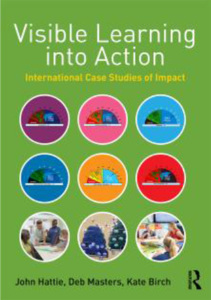
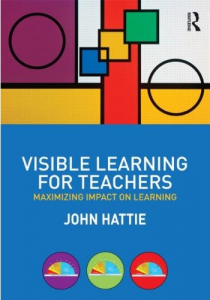
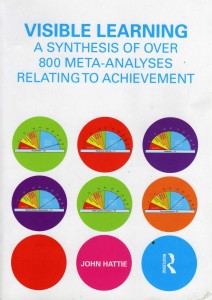 Read the books from the Visible Learning Series. Order your copy on Amazon or find them in a library.
Read the books from the Visible Learning Series. Order your copy on Amazon or find them in a library.
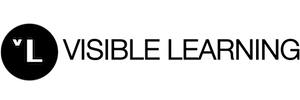

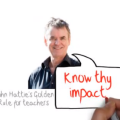
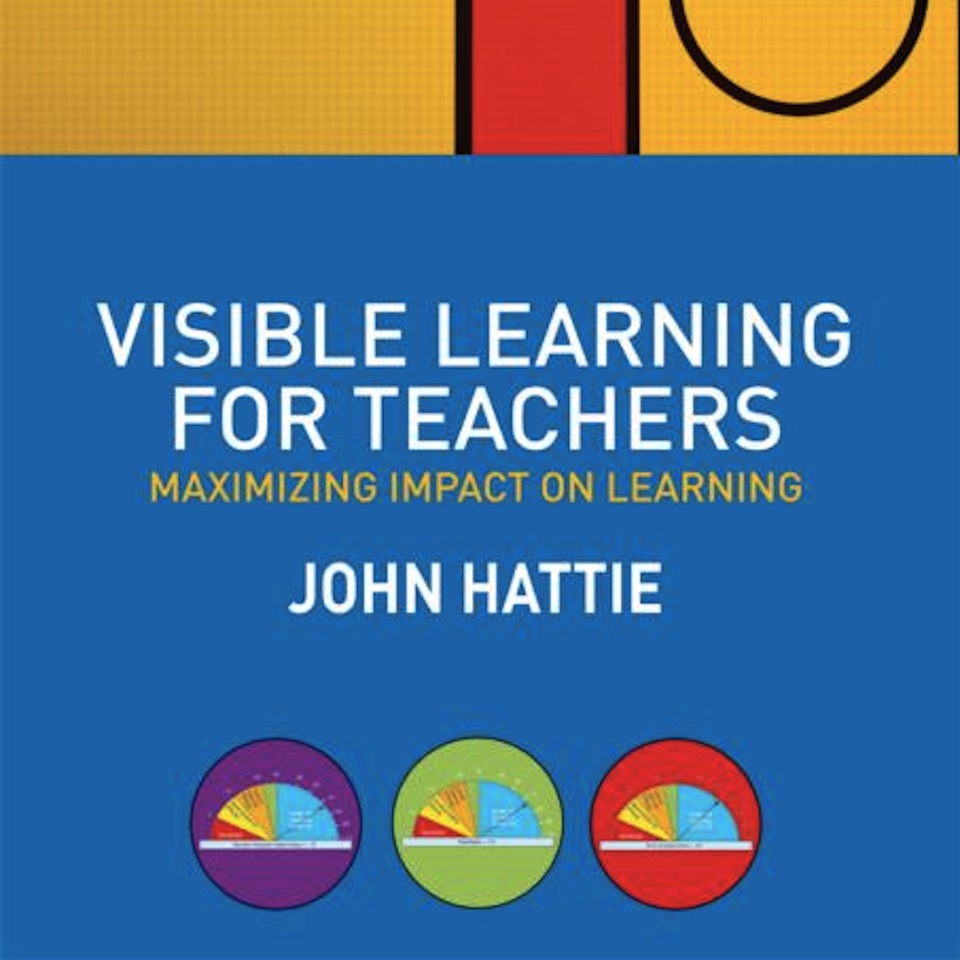



Please remind me of the SOLO taxonomy.
Jon Hattie’s research confirms what I have thought, believed, studied and practiced over my 30+ years in education. Having the data to support my theories only validates my work. Thank you for all you and your team of researchers do for the education of our children. My dream would be to work on my doctorate with you and your team to spread the word of how we all can impact others.
I would still like some more information about Inquiry Based Learning. My understanding from reading the response and watching the video is that IBL is not effective because it is not being used properly. I would then assume that if used properly, IBL would be effective. How do we know that it was not being used properly in the studies that were used to determine its effectiveness? I really want to understand this thoroughly as my school board is going full throttle with inquiry.
I don’t have the Visible Learning book in front of me, but I have noticed that if you look at the detail in that book – regarding the actual research – quite often, a question such as yours can be answered. It is also addressed in Visible Learning for Literacy.
I need a hard copy (written evidence) that teacher teams/PLCs make a difference for student achievement. John H. referenced this research at the July 2015 Visible Learning Conference in San Antonio, but I cannot find any documents-HELP!
Otimização para usuário é outro assunto.